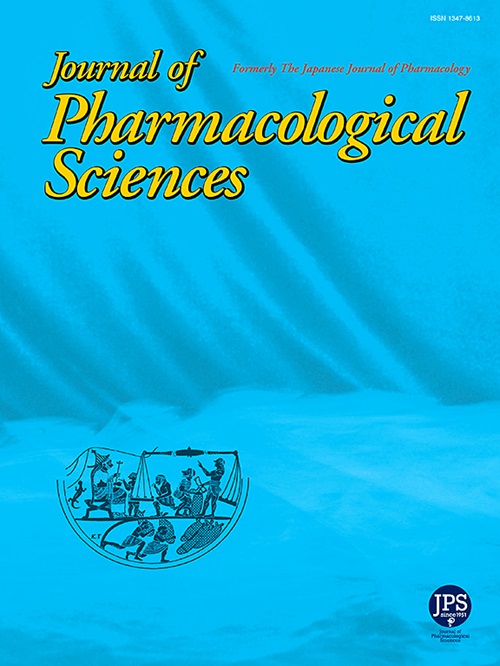利用深度学习对老鼠饲养进行自动分析
IF 2.9
3区 医学
Q2 PHARMACOLOGY & PHARMACY
引用次数: 0
摘要
啮齿动物的饲养行为经常被评估为焦虑和探索倾向的指标。本研究建立了一种卷积递归神经网络(CRNN)模型,用于检测头顶视频中小鼠的饲养行为。C57BL/6小鼠在光照和黑暗条件下的行为数据被手工逐帧标记,并用于训练CRNN模型。在单独的测试视频上评估了模型的性能,达到了89.2%的灵敏度,与人类观察相当。该模型可靠地检测到咖啡因摄入后饲养量的增加,并区分了白天和夜间活动模式的差异。本文章由计算机程序翻译,如有差异,请以英文原文为准。
Automated analysis of mouse rearing using deep learning
Rodent rearing behavior is frequently assessed as an indicator of anxiety and exploratory tendencies. This study developed a convolutional recurrent neural network (CRNN) model to detect mouse rearing using overhead videos. Behavioral data from C57BL/6 mice under light and dark conditions were manually labeled frame-by-frame and used to train the CRNN model. Model performance was evaluated on separate test videos, achieving a sensitivity of 89.2 %, comparable to human observation. The model reliably detected increased rearing following caffeine administration and distinguished differences between day and night activity patterns.
求助全文
通过发布文献求助,成功后即可免费获取论文全文。
去求助
来源期刊
CiteScore
6.20
自引率
2.90%
发文量
104
审稿时长
31 days
期刊介绍:
Journal of Pharmacological Sciences (JPS) is an international open access journal intended for the advancement of pharmacological sciences in the world. The Journal welcomes submissions in all fields of experimental and clinical pharmacology, including neuroscience, and biochemical, cellular, and molecular pharmacology for publication as Reviews, Full Papers or Short Communications. Short Communications are short research article intended to provide novel and exciting pharmacological findings. Manuscripts concerning descriptive case reports, pharmacokinetic and pharmacodynamic studies without pharmacological mechanism and dose-response determinations are not acceptable and will be rejected without peer review. The ethnopharmacological studies are also out of the scope of this journal. Furthermore, JPS does not publish work on the actions of biological extracts unknown chemical composition.

 求助内容:
求助内容: 应助结果提醒方式:
应助结果提醒方式:


